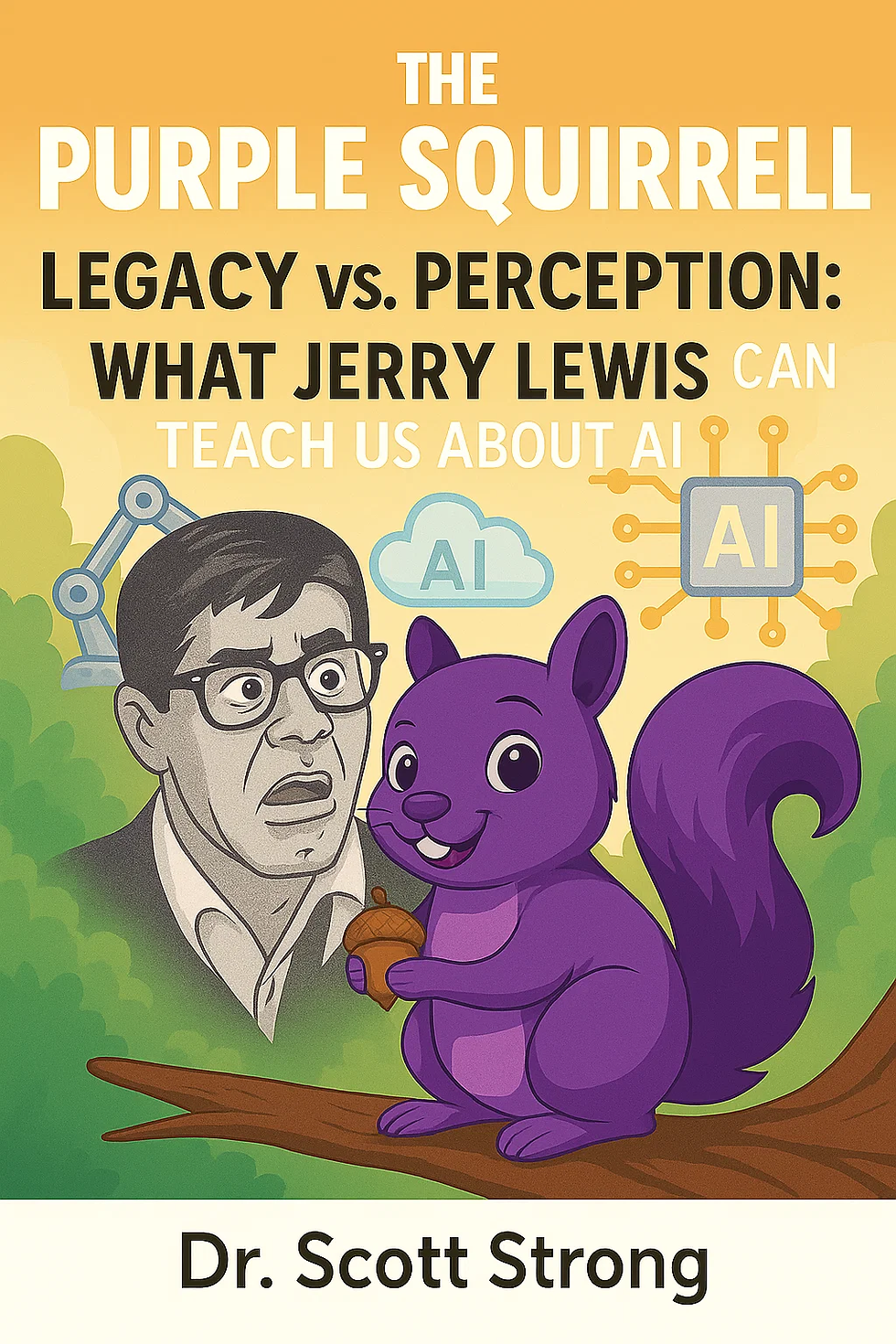Strong Insights on The Membership Revolution
- DR. SCOTT STRONG
- May 27
- 4 min read
Updated: Jun 11
Push Play above for a warning song about AI
🔐 The Membership Revolution: Can AI + Access Control Save Retail from the Theft Crisis?
Retail theft in U.S. cities isn’t just a nuisance—it’s a business-threatening epidemic. With organized retail crime surging, major chains like Walmart, Target, and Walgreens are hemorrhaging billions annually. Some stores are even closing locations altogether. But what if the solution isn’t just more security guards or exit checks? What if it’s a radical shift in how customers access stores?
Enter: The Costco Model—Supercharged by AI
Costco requires a paid membership for entry, and its shrink rate is astonishingly low—reportedly around 0.06%. Why? Because access control creates accountability. You can’t just stroll in anonymously and walk out with unpaid goods. There's a psychological deterrent, and when theft does occur, there's a digital footprint to trace it.
In contrast, open-access stores like Walmart faced a staggering shrinkage exceeding $3 billion in 2023 (CNBC, 2023), leading to the removal of some self-checkout lanes due to abuse and system vulnerabilities.
AI Joins the Fight
Retailers are already deploying AI-driven loss prevention:
• Computer Vision: Identifies unscanned items at checkout (Forbes, 2023).
• Real-Time Video Analytics: Detects suspicious behavior.
• Digital Receipts and Body Cameras: Create layered accountability.
• AI Integrations: Programs like Walmart+ could enable smart product access and customized shopper privileges.
Imagine scanning your member ID or digital app just to enter the store. No ID, no entry. AI handles identity verification, flags suspicious patterns, and streamlines customer personalization—all while reducing risk.
A National Shift on the Horizon?
Walmart appears to be inching toward a new model of doing business, potentially adopting elements of the membership model. Reports suggest that Walmart is exploring ways to integrate its membership program, Walmart+, with in-store experiences, such as unlocking high-security product cases for members. This indicates an interest in leveraging their member base for solutions to combat theft.
While Microsoft and Walmart maintain a strategic partnership leveraging Azure and AI tools, there’s no public confirmation of a universal membership-entry rollout—yet.
However, the logic is compelling:
• Entry control reduces theft.
• AI adds scale, real-time alerts, and customer insights.
• The environment becomes safer—for customers and staff.
This isn't just about stopping theft; it's about how retailers adapt to a challenging environment and what it means for our everyday shopping experience. Are we heading towards a future where anonymity in large retail spaces becomes a thing of the past?
The way we shop and the strategies stores are implementing to combat theft are evolving. The Costco model where you scan a membership card to enter, which has resulted in an exceptionally low theft rate (again -reportedly around 0.06%). This membership model appears to act as a self-deterrent and fellow retailers are inching toward it.
In contrast, other major retailers like Walmart are experiencing significant losses due to theft, particularly on the West Coast. Reports have highlighted challenges such as shoplifting and large crowds overwhelming staff, leading to substantial "shrinkage."
This raises an important question: Could requiring a membership or scanning an ID at entry be the future for major retailers? Investigations into this concept reveal considerable pressure to reduce theft. Costco's approach involves identifying who is in their stores and using membership fees to create an environment where theft appears less appealing.
Walmart has implemented various strategies and is reportedly moving in this direction to combat theft:
• Self-Checkout Changes: Adjustments to self-checkout policies include limiting the number of items, increasing staff presence, or removing some kiosks in certain locations. Monitoring multiple self-checkout stations remains challenging.
• Technology and AI: Walmart is investing in AI-powered surveillance to detect unscanned items and suspicious activities. Receipt-checking at exits and body cameras for staff are also being tested.
• Walmart+: Although primarily a benefits and delivery service, reports suggest Walmart is exploring ways to integrate its membership program with in-store experiences, such as unlocking high-security product cases for members.
Research indicates a strong partnership between Microsoft and Walmart focused on enhancing operations through Microsoft's Azure cloud platform and AI capabilities.
While this tech collaboration is robust, there are no specific reports of a broad store-entry membership system being implemented by Microsoft for Walmart as a primary theft deterrent starting March 2024.
The underlying idea is worth considering. Identifying oneself to enter a store could potentially reduce theft.
Questions to ask?
• Is the Costco model—requiring a membership or entry scan to access large retail stores—a viable strategy to combat theft and shrinkage?
• Would customers be willing to sign up for a membership, even a free one that links their identity to their entry, if it means lower prices due to reduced theft or a safer shopping environment?
• What are the potential downsides? Could this alienate customers? What about privacy concerns?
Stay tuned—a Walmart membership card could soon be available at a store near you, potentially paving the way for similar initiatives at retailers like Best Buy, The Gap, and many others.





Comments